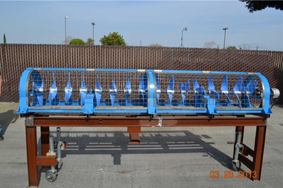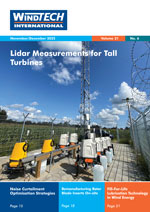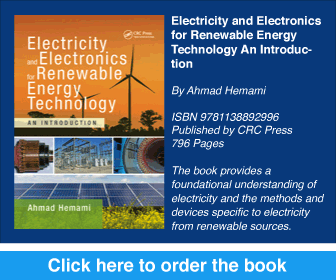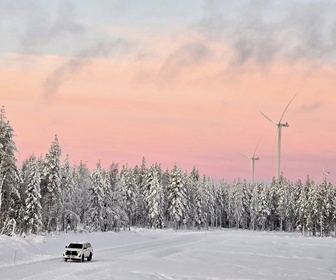The Use of Train-Generated Mass Airflow to Produce Electricity
 When wind power is mentioned, most of us think of the ‘classic’ tower plus blades design of above-ground onshore or offshore wind turbine generators. But, as this article about using the airflow generated by underground trains illustrates, there is potential to adapt wind turbine generator designs to harness ‘wind’ energy from other sources.
When wind power is mentioned, most of us think of the ‘classic’ tower plus blades design of above-ground onshore or offshore wind turbine generators. But, as this article about using the airflow generated by underground trains illustrates, there is potential to adapt wind turbine generator designs to harness ‘wind’ energy from other sources.
By Norman H. Holley, COO, WWT Tunnel, USA










